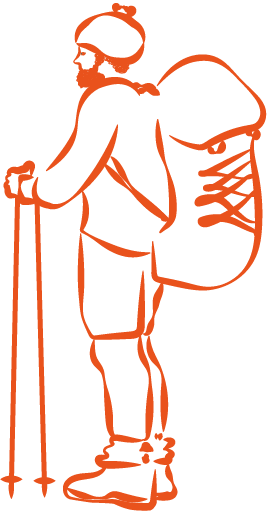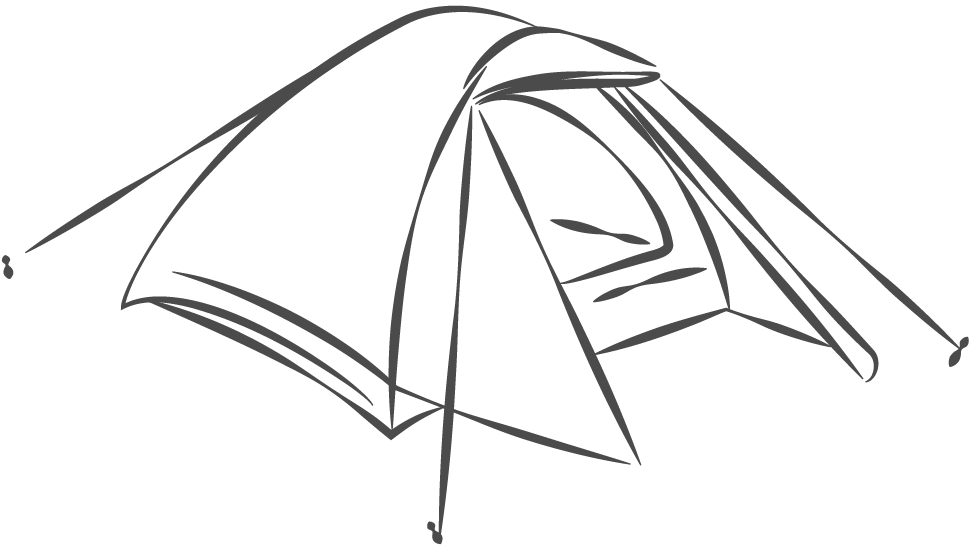We’ve saved the most important for last. This is the item that the entire discipline of backpacking takes its name from. Choosing a backpack is difficult because so much of what makes one backpack right and another wrong is simply how they fit on your body. This is one area I’d definitely recommend going to the store and getting one fitted. A badly fitting backpack will make the entire experience excruciating.
The most common backpacks for many will be framed backpacks, though many of these framed packs are now framed internally instead of externally to keep them much smaller and tighter. A frame can help you distribute the weight in the backpack across your body with more ease. This can also help you as you don’t have to structure your gear in your pack with the same thought that a frameless pack will need.
There are several factors to take into consideration for backpacks, size is one. Generally, size is measured in liters and you’ll want something between 40 and 60l. Generally, if you get a bigger backpack then you’ll find stuff to fill it with! As you get more experienced you will likely move towards smaller backpacks and lighter overall weights.
Ultralighters, and that’s what most thru-hikers evolve into, will favor packs with few features, a lightweight or non-existent frame. They are made of lightweight materials, so the entire pack weight should be well under 14 kilograms.
It’s essential that you keep the content of your pack dry. There are two basic strategies to this. One is a pack cover that goes over the outside of the pack, the other is to line your pack with a trash compactor bag and keep the content inside the bag dry. Your pick!

















